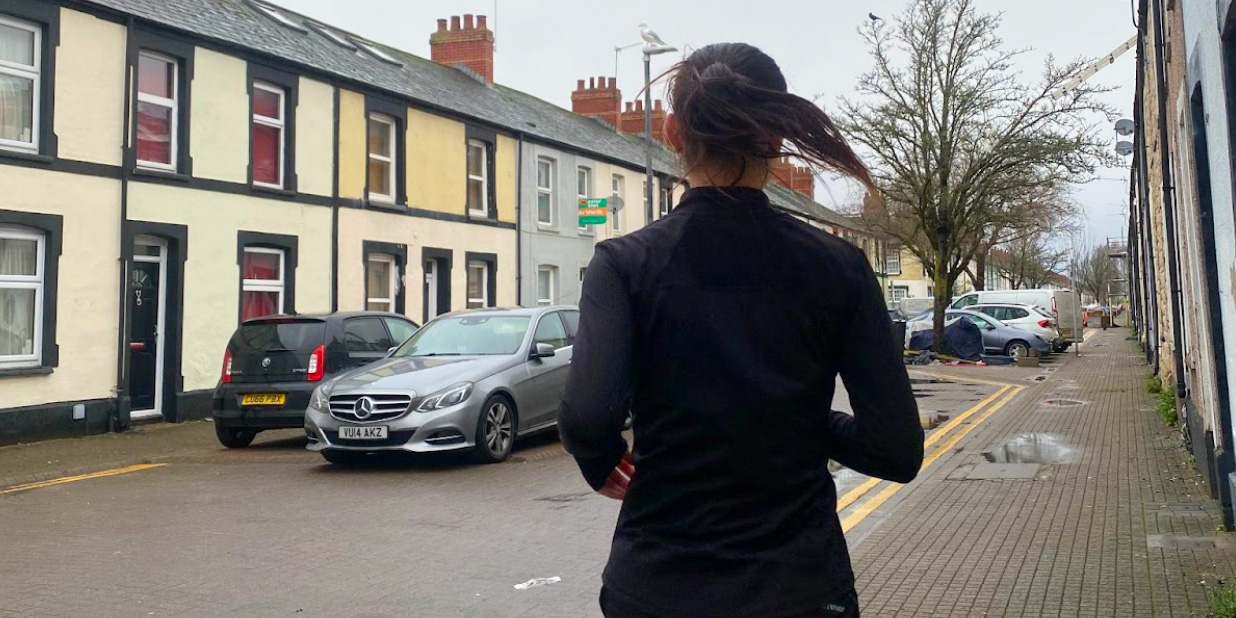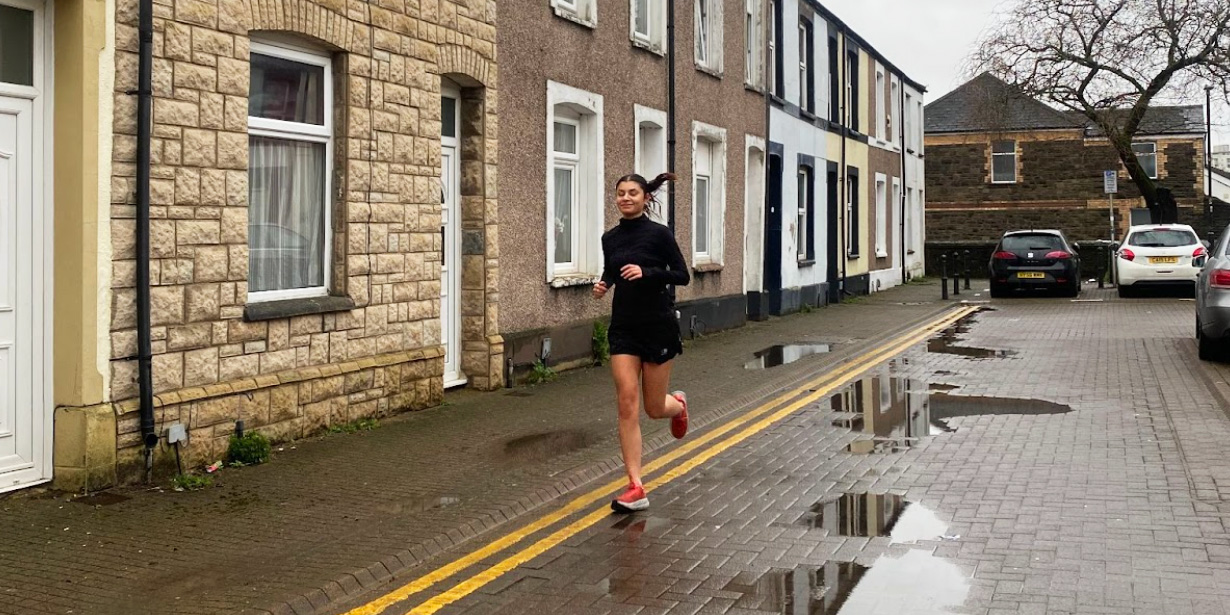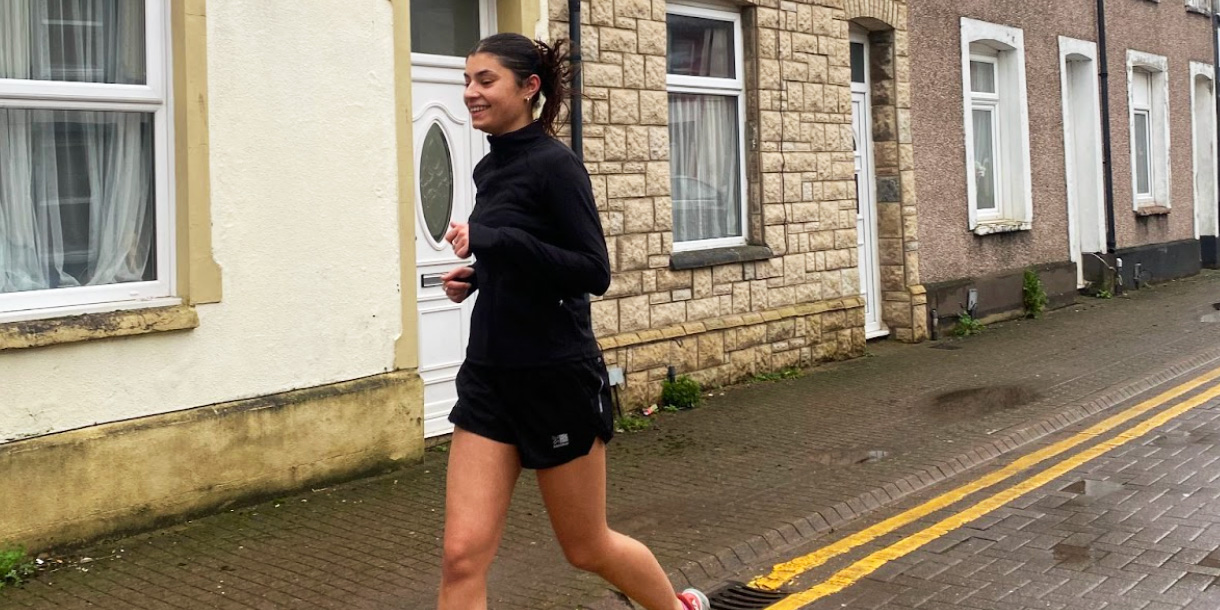You’ve seen elite athletes dunking themselves in ice baths after a race to speed up recovery, but does it actually work? Plunge social media editor Hansa Tote puts it to the test
For many, running is a painful hobby. I am no exception; plagued by shin splints, Achilles tendonitis and almost permanent thigh pain. I had always assumed I would have to succumb to a lifetime of running, getting injured, waiting to recover, recovering, then starting over again (I wonder why runners do it too). That is why I was so eager to try out cold-water therapy for myself, to see first-hand if it could disrupt the cycle and ease my aches and pains.
To ensure I wasn’t subjecting myself to the cold showers for no reason, I put my one year of A-level biology to the test and extensively researched how it works.
The science behind submersion
Cold-water therapy, or cryotherapy, has been used for recovery following exercise since the 1960s. Research suggests it helps muscle recovery primarily through a process called vasoconstriction, meaning a narrowing of blood vessels, as, when the blood vessels narrow, blood is diverted away from the skin and into the deeper tissues in the body (such as muscles) in order to maintain a stable core temperature. This also helps to ease delayed onset muscle soreness, or DOMS, a soreness of the muscles that happens 24 to 48 hours after exercise. The cold helps to reduce inflammation of the muscles, much like putting a bag of frozen peas on a twisted ankle.
It also works to reduce the chances of post-exercise cramping by flushing out lactic acid. Lactic acid is a by-product of the body breaking down carbohydrates for energy when exercising, known as anaerobic respiration and causes cramp, especially after exercise. Because of the reduction in pain, cold-water therapy allows athletes to train more frequently as they will not take as much time to recover after completing their sports.
I spoke to physiotherapist Celia Orthmann for further insight, she told me cold-water therapy decreases inflammation, oedema (a build-up of fluid causing swelling), metabolism and provides an anaesthetic effect that aids pain relief.
She advised me to keep my immersions brief, and to ease myself into it to avoid any negative side effects such as cold-water shock or cardiac stress.
For a runner’s opinion on the matter, I spoke to former athlete for Great Britain Matthew Barnes.
“I was training twice a day, every day, and your muscles take a bit of a pounding, so the cold water will definitely help” said Matthew. He added that, if he was still running, he would “Practise it a lot more to recover.”
This all seemed promising to me – no more muscle pain? I would be crazy not to try it.
Dear Diary, today I practised cold-water therapy…

Run 1
Post-run ache: 6/10
A Wednesday morning run is always a treat as I get to have a bit of a lie in. I was up and out of the house at 8am for a six-kilometre run. The run was lovely, but the dread of a cold shower at the end wasn’t spurring me on. However, I was willing to try anything for my already aching legs.
I eased myself into my first cold-water session. I’m fortunate enough to have a shower with a handheld attachment, so I removed it and focused on my legs. I started off hot and began tentatively turning it colder and colder. Soon my flatmates began to bang on the door, alarmed by my squeals.
The advice suggests beginning a cold-water therapy journey with a few seconds in the cold and gradually building up time. Therefore, today I stayed under the freezing water for the longest 20 seconds of my life.
Immediately after, my legs stopped aching. I couldn’t quite believe that it worked so quickly and to such a degree. It has to be said, however, that my legs did begin to ache again throughout the rest of the day, although to a much lesser extent.
Post cold shower ache: 4.5/10
Run 2
Post-run ache: 7/10
Sunday is run day! I forced my flatmate Nelly on a five-kilometre run around the local park (however I did not force her to partake in the following cold-water therapy).
“She nearly killed me”, Nelly panted when asked how our run was, so you know we pushed ourselves. This caused my legs to cramp so badly we had to walk home – not that I heard any complaints from my companion.
I once again targeted my legs with a jet of cold water for 20 seconds following this run. If nothing else it was refreshing. The ache was eased immediately, and I felt slightly euphoric, could this be the cure to all my ailments? Am I the next Jessica Ennis?
Run 3
Post-run ache: 4/10
This run was a nice five kilometres, trialling the ‘Couch to 5K’ graduate programmes. I could really tell the cold-water therapy was benefiting me today, running just seemed to be a bit easier. Where once three kilometres would have left my legs in agony, I am now able to run further, faster and with much less pain.
You know the routine by now, home for a shower finished with a cold blast to my legs. The slight ache I felt vanquished and this time, didn’t come back.
Runs 4 and 5
Post-run ache: 8/10
This run squashed my prior Olympic ambitions. I managed to roll my left ankle twice, leaving me in so much pain I had to have a five-day hiatus from running.
I did two runs in one day, one to an appointment followed by a longer route home. It wasn’t until I got home did I realise the ‘little stumbles’ I had taken over a tree root and the second over my own feet had caused an incredible amount of ankle pain.
The cold water definitely helped. I concentrated the shower head on my ankle for 35 seconds, forcing myself to remember Celia telling me it would induce an anaesthetic effect. My ankle felt some relief, but I didn’t want to exacerbate the injury further. So I decided to rest it, all the while continuing to practise cold-water therapy on my sore, swollen ankle.

Run 6
Post-run ache: 11/10
This run nearly killed me. 15 kilometres is not a short distance. So, why I turned my ‘easy’ run into one of the longest runs of my life is a mystery to me. The run itself was great. Having used cold-water therapy on my ankle since the incident there wasn’t even the slightest painful twinge. My legs were loose, and everything felt great, something I can only attribute to the cold-water therapy speeding up my recovery as well as helping the circulation to my muscles.
It was the day after that the pain started. I had done the usual of getting into cold water as soon as possible after I got home, and I went to bed surprised at how great I felt. I was sure this run recovery method was really working.
The DOMS began the next day and are yet to stop. In fact, my thighs are burning as I sit and write this. Granted it is only two days post-run, but I thought the cold water was supposed to prevent this. I dread to think how much pain I’d be in if I wasn’t using it. Instead of reaching for a painkiller, I have found myself getting in a cold shower for temporary pain relief. I even remarked to a friend today that I wished I could go home and practise cold-water therapy.
Run 7
Post-run ache: 4/10
Having spent the week suffering from DOMS, I decided to only run three kilometres for my final run of my cold-water experiment. My legs felt so heavy, but I realised I was actually looking forward to going home for an icy blast. I knew I would feel so much better afterwards which motivated me to push through and finish strong – a stark contrast to the beginning of my cold-water journey.
I turned the shower onto cold as soon as I got in, eager for the relief even more so than I was to enjoy a scorching hot shower session.
So does cold-water therapy help run recovery?
In short, it works. My legs feel the best they have done in years; my shins don’t hurt with every step I take and my thighs don’t constantly burn.
As daunting and dreadful a cold shower can be, for me, the benefits of this run recovery method greatly outweigh the costs. Being cold for a moment is a small price to pay for the ability to recover from runs so much faster. I have to admit, as a non-believer in holistic remedies, preferring to just have an ibuprofen, I was sceptical to begin with, but I am so pleased to have been proven wrong.
My one top tip is don’t make it harder than it has to be. I only used the cold water on my legs rather than my entire body because that was the area that needed it; why make yourself colder than necessary?
Going forward, cold-water therapy will become part of my post-run routine for as long as my legs will carry me.

